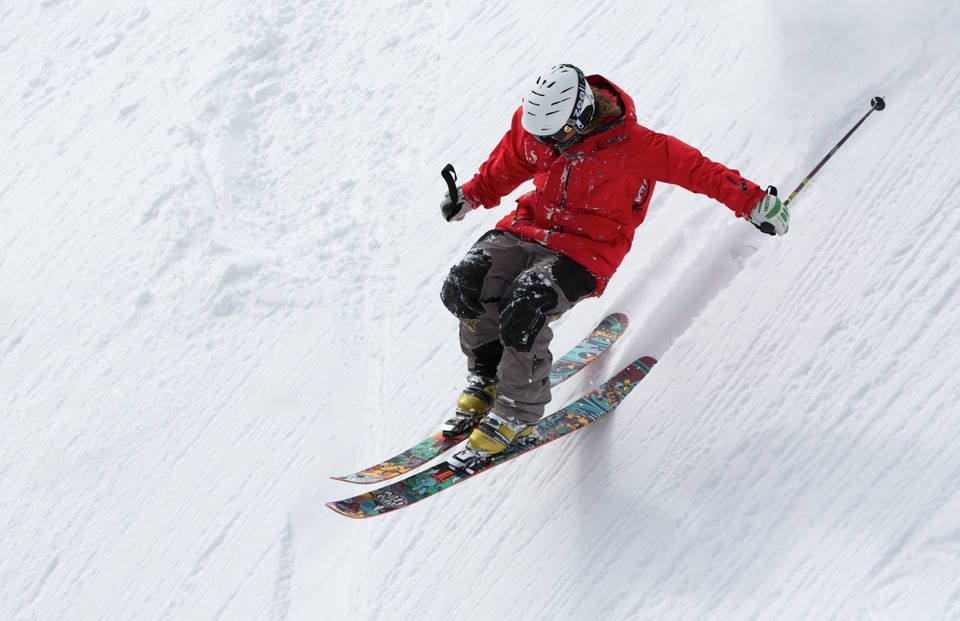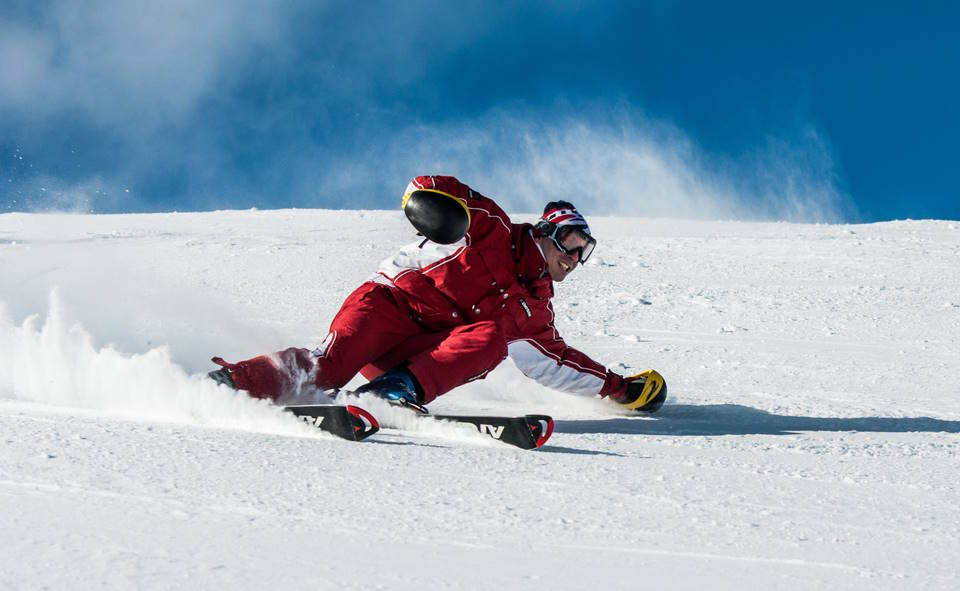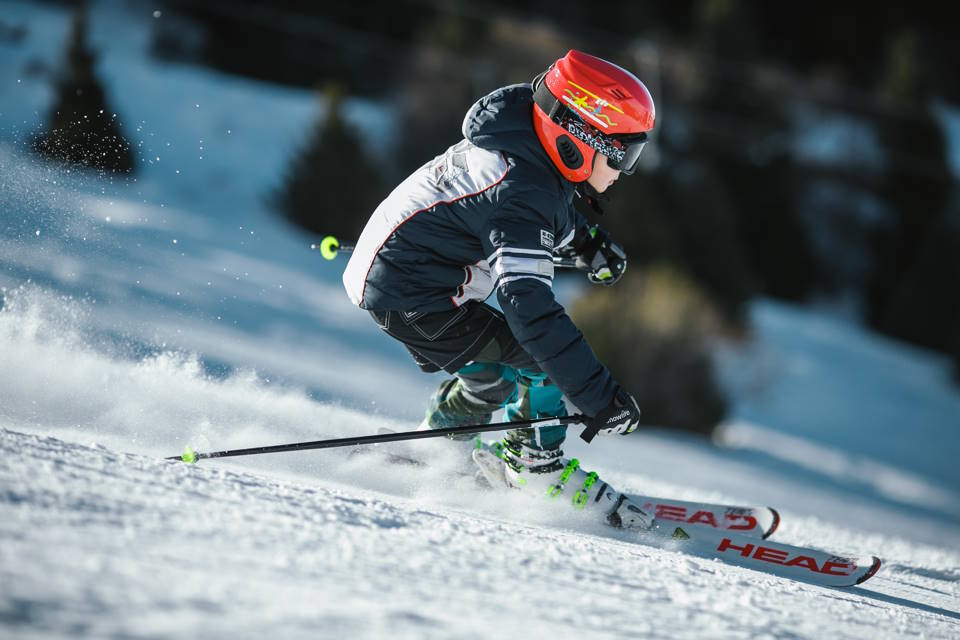Skiing is a popular winter sport enjoyed by millions of people around the world. While it offers an exhilarating experience, it also comes with its own set of risks and challenges. In this blog post, we will explore the safety aspects of skiing and discuss various factors that can impact the safety of this winter activity. From understanding the inherent risks of skiing to implementing safety measures on the slopes, we will delve into the essential aspects of staying safe while enjoying this thrilling sport. Additionally, we will examine the influence of weather conditions on skiing safety and evaluate the benefits and risks of skiing for different age groups. Whether you’re a seasoned skier or a beginner looking to hit the slopes, this post will provide valuable insights to help you make informed decisions and stay safe while enjoying the adrenaline rush of skiing.Discover the risks of skiing, safety measures, weather impact, and benefits for different age groups. Stay safe on the slopes with expert tips.
Understanding The Risks Of Skiing

Skiing is a popular winter sport that attracts millions of people around the world. While it can be a thrilling and enjoyable activity, it also comes with its fair share of risks that should not be overlooked. Understanding the potential dangers of skiing is crucial for both beginners and experienced skiers in order to stay safe on the slopes.
One of the main risks of skiing is the potential for injury from falls or collisions. Skiing at high speeds down steep slopes increases the likelihood of accidents, and injuries can range from minor bruises to more serious conditions such as fractures or concussions. It is important for skiers to be aware of their surroundings, use proper equipment, and follow the rules of the mountain to minimize the risk of injury.
Another risk to consider is the impact of weather conditions on skiing safety. Poor visibility, icy terrain, and extreme temperatures can all contribute to hazardous skiing conditions. It is important for skiers to be informed about the weather forecast and to adjust their plans accordingly to ensure a safe and enjoyable experience on the slopes.
Additionally, the risk of avalanches should not be overlooked, especially when skiing in mountainous regions with unstable snow conditions. Skiers should always be mindful of avalanche warnings and take necessary precautions to avoid areas with a high risk of avalanches.
Overall, while skiing can be an exhilarating and rewarding activity, it is important for individuals to be aware of the potential risks involved. By understanding these risks and taking appropriate safety measures, skiers can minimize the chances of accidents and injuries, allowing them to fully enjoy the thrill of the sport.
Implementing Safety Measures On The Slopes

When hitting the slopes for a day of skiing, it’s important to take safety seriously. Skiing can be a thrilling and exhilarating experience, but it also comes with its fair share of risks. However, by implementing the proper safety measures, skiers can greatly reduce the likelihood of accidents and injuries.
One of the most important safety measures to implement when skiing is wearing the appropriate protective gear. This includes a helmet, goggles, gloves, and padding for the knees and elbows. Wearing the right gear can help to protect your body during falls or collisions, reducing the risk of serious injury.
Another key safety measure is staying within your skill level and skiing on slopes that match your abilities. It can be tempting to push yourself to tackle more challenging terrain, but this can significantly increase the risk of accidents. Sticking to runs that are appropriate for your skill level is essential for staying safe on the slopes.
Additionally, it’s crucial to be aware of and follow the rules and guidelines set by the ski resort. These rules are in place to ensure the safety of all skiers and should be taken seriously. This may include staying within designated boundaries, yielding to other skiers when merging onto a slope, and following the direction of ski patrol and resort staff.
Lastly, being mindful of weather conditions is also essential for implementing safety measures on the slopes. It’s important to check the weather forecast before heading out and be prepared for changing conditions. Poor visibility, icy patches, and inclement weather can all impact skiing safety, so skiers should be mindful of these factors and adjust their plans accordingly.
Effect Of Weather Conditions On Skiing Safety

When it comes to skiing, weather conditions play a significant role in determining the safety of the activity. Weather conditions such as snowfall, wind speed, and temperature can greatly impact the skiing experience and the overall safety of the slopes. Skiers need to be aware of these factors and take necessary precautions to ensure a safe skiing experience.
Snowfall is one of the most important weather conditions to consider when it comes to skiing safety. While fresh snow can provide excellent skiing conditions, heavy snowfall can create dangerous and unstable conditions on the slopes. Skiers need to be mindful of the depth and density of the snow to avoid potential hazards such as avalanches and snowdrifts.
Wind speed is another crucial factor that affects skiing safety. High winds can create poor visibility and unstable snow conditions, making it difficult for skiers to navigate the slopes safely. Skiers should pay attention to weather forecasts and avoid skiing on windy days to minimize the risk of accidents and injuries.
Temperature also plays a role in skiing safety. Extreme cold can lead to frostbite and hypothermia, while warm temperatures can create slushy and slippery conditions on the slopes. Skiers need to dress appropriately for the weather and take frequent breaks to avoid overexertion and dehydration.
Overall, it is essential for skiers to be mindful of the weather conditions and their potential impact on skiing safety. By staying informed and taking necessary precautions, skiers can enjoy a safe and enjoyable experience on the slopes, regardless of the weather.
Benefits And Risks Of Skiing For Different Age Groups

When it comes to skiing, there are both benefits and risks that vary depending on the age group of the skier. For children, the benefits of skiing include physical activity, improved balance and coordination, and the opportunity to learn a new skill. However, the risks for young skiers can include injuries such as fractures or sprains, especially if they are not properly supervised or taught the proper techniques. It is important for parents to ensure that their children are enrolled in ski lessons and are wearing appropriate safety gear.
For teenagers and young adults, skiing can provide a variety of physical and mental health benefits. It offers an opportunity for cardiovascular exercise, stress relief, and a chance to socialize with friends or family. However, the risks for this age group include the temptation to take risks on the slopes, which can lead to accidents or collisions with other skiers. It is important for young skiers to be aware of their limitations and to ski within their ability level.
For older adults, skiing can be a wonderful way to stay active and socialize with others. It can also help to improve flexibility, strength, and overall fitness. However, the risks for older skiers include the potential for falls or strains, as well as the added challenge of recovering from injuries as the body ages. It is important for older skiers to be mindful of their physical limitations and to take regular breaks to avoid overexertion.
While skiing can be a fun and beneficial activity for people of all ages, it is important to be aware of the potential risks and to take appropriate safety measures to minimize those risks. By understanding the benefits and risks of skiing for different age groups, skiers can make informed decisions about their own safety and enjoyment on the slopes.




